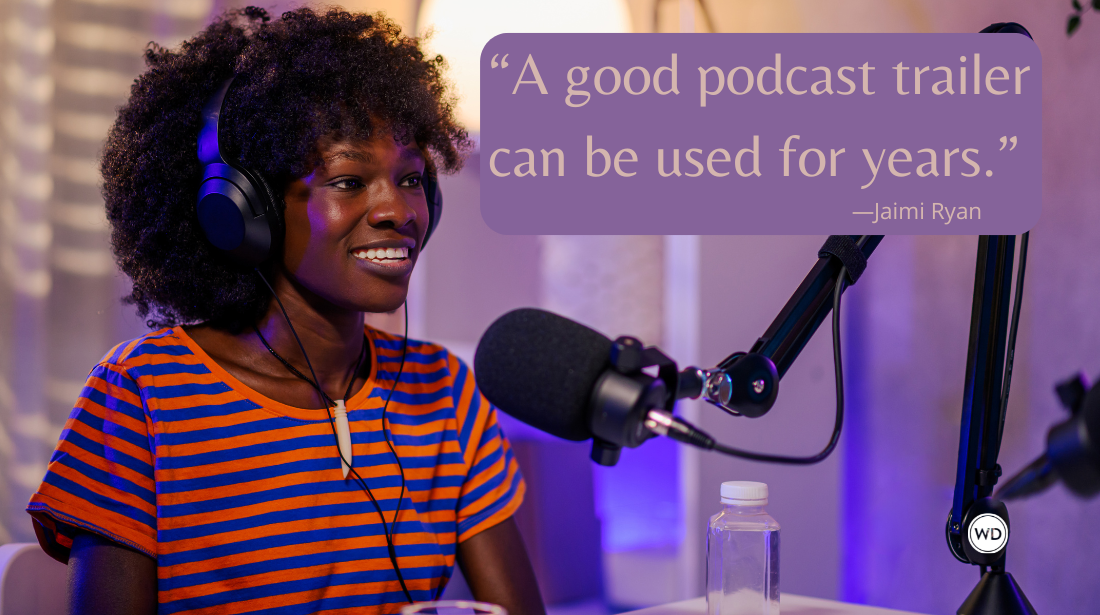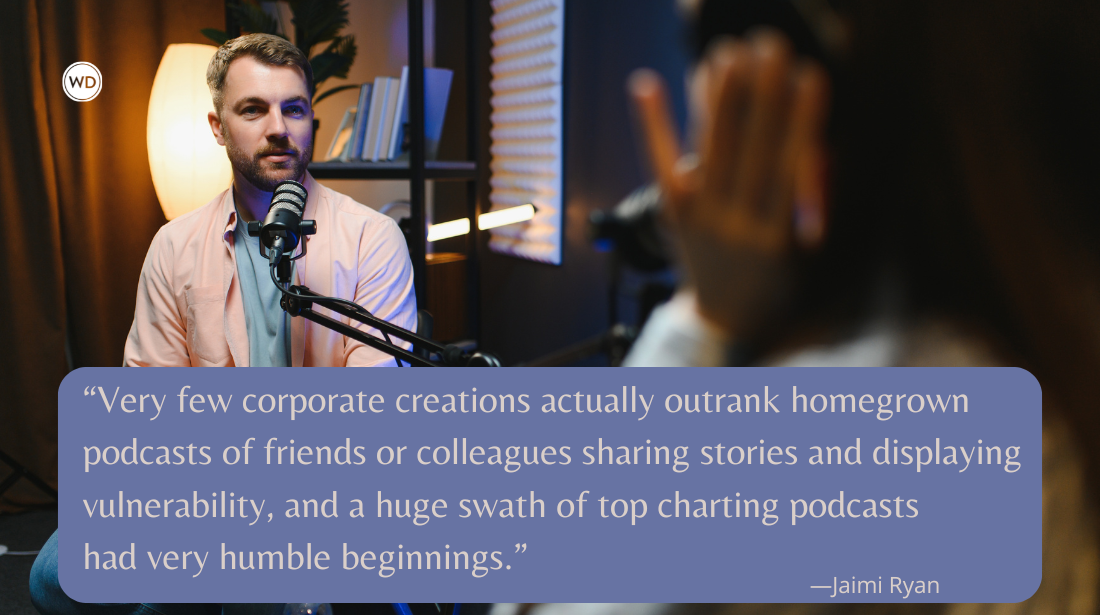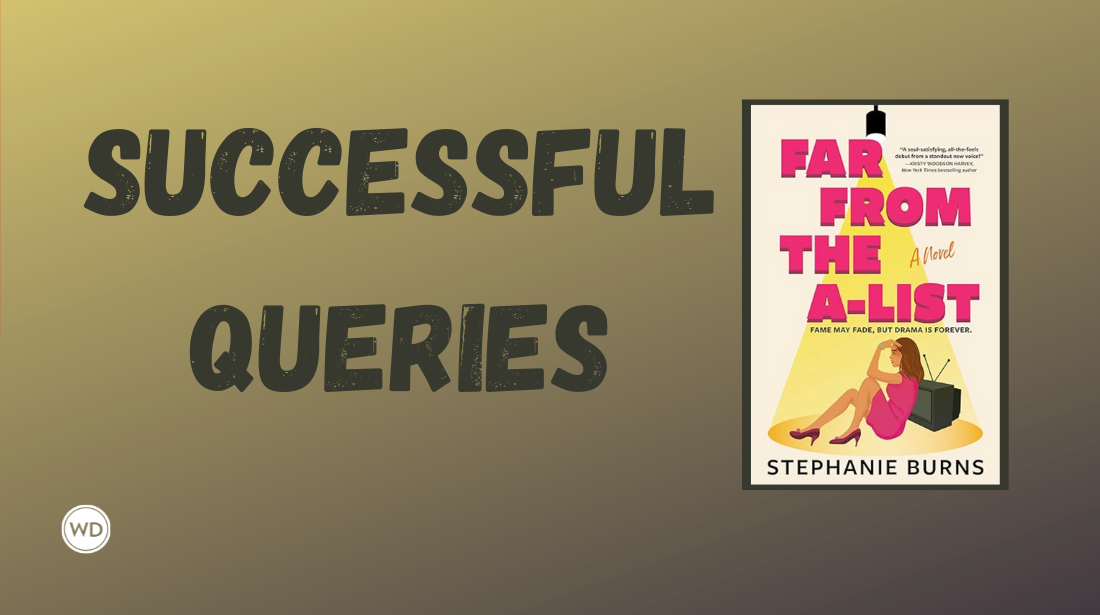Why Your Manuscript Can Get Rejected (Part 2)
At Killer Nashville, a trio of extremely knowledgeable publishing pros held a panel on the most common reasons why a manuscript is rejected by an agent. This is part two of this post series.
At 2007 Killer Nashville, a trio of extremely knowledgeable publishing pros held a panel on the most common reasons why a manuscript is rejected by an agent. Below you'll find part two of this post series.
Keep in mind that the panelists were discussing why a manuscript will be rejected, not a novel synopsis or query letter. They were talking about problems within the writing.
Panelist No. 2: Donna Bagdasarian
Donna's top reasons why your manuscript can be rejected:
1. Problems with basic writing skills—grammar, syntax, defining who the protagonist is. To be successful, aspiring writers must learn how to write—well.
2. Bad dialogue. Write like people speak.
3. Too much plot. Writers may read a variety of books by bestselling mystery authors and then try to take plot elements from several of these books, combining those elements into one convoluted tale. Write one book, not eight books crammed into one.
4. Not having the protagonist involved in the climax.
5. Spending too much time at the beginning of a story on a character who seems to be the protagonist, but isn't.
6. Supplanting quality for a gimmick. Take a moment and examine certain gimmicks, such as the following:
—Writing in the second person
—Having many points of view
—Having your book be very, very dark in nature
—Having scenes in a backwards order
—Hopscotch (where you can jump around anywhere and the story still makes sense)
These gimmicks are unique, and can produce an extraordinary book, but they can only be pulled off by the most superior of writers—and most writers are not superior writers. Therefore, writers should pass on all such gimmicks and just try to tell a good story.
7. Excessive and salacious material. When your manuscript is complete and a peer/editor says "It needs more violence/sex/action/dialogue," they may be right, but inserting these aspects in the book must make sense. There can’t just be violence or sex in a story simply to have it. Make it work.
8. Know how much is too much. If you can cut a scene and the story still works, you must cut it. Ask of the scene: "Why is it here? What does it do to further the plot?"
9. Purple prose—writing where the reader is conscious that these are the author’s thoughts, not the character's. This is prose where the language is excessively flowery and/or lyrical.
Chuck Sambuchino is a former editor with the Writer's Digest writing community and author of several books, including How to Survive a Garden Gnome Attack and Create Your Writer Platform.









